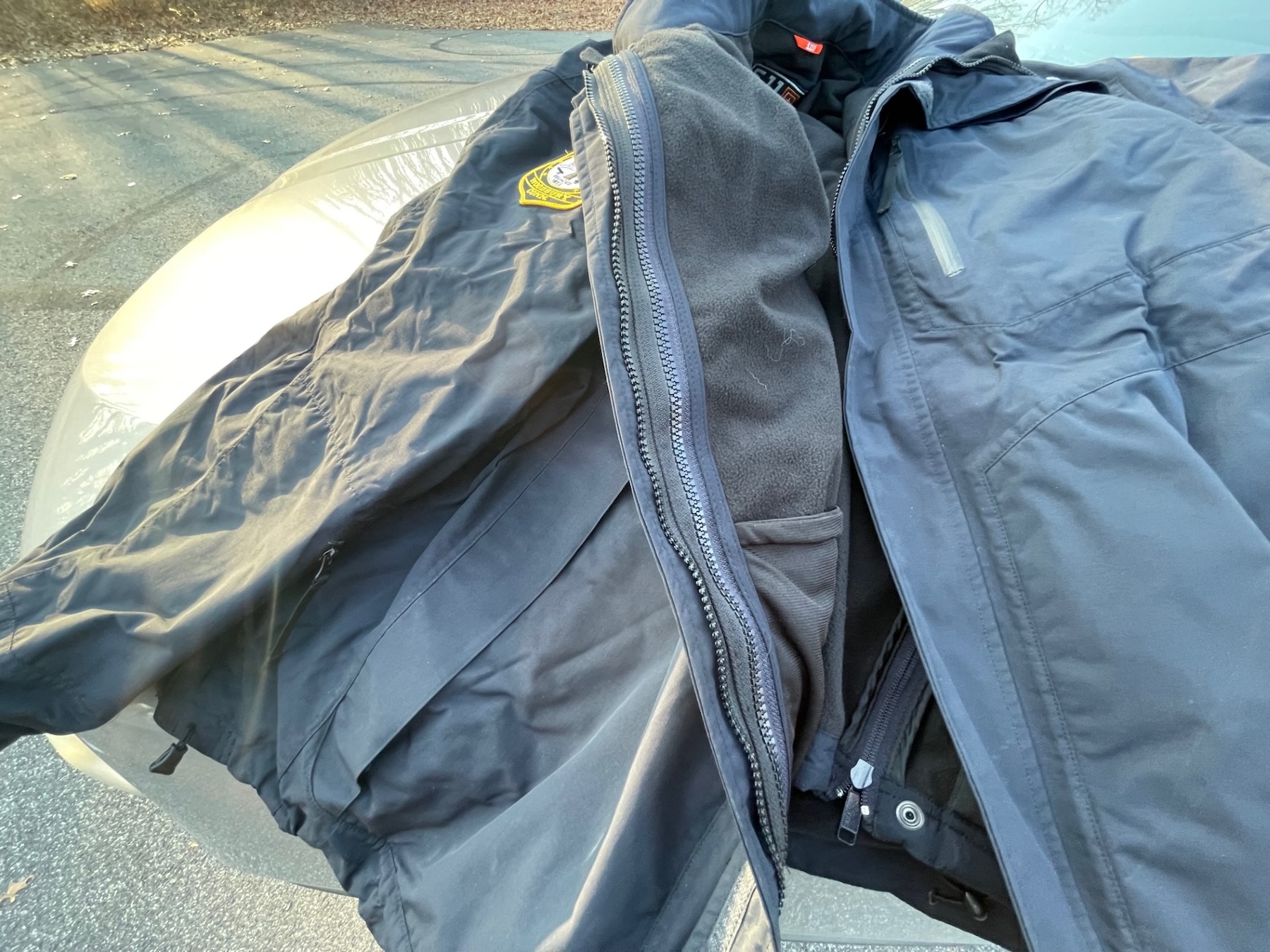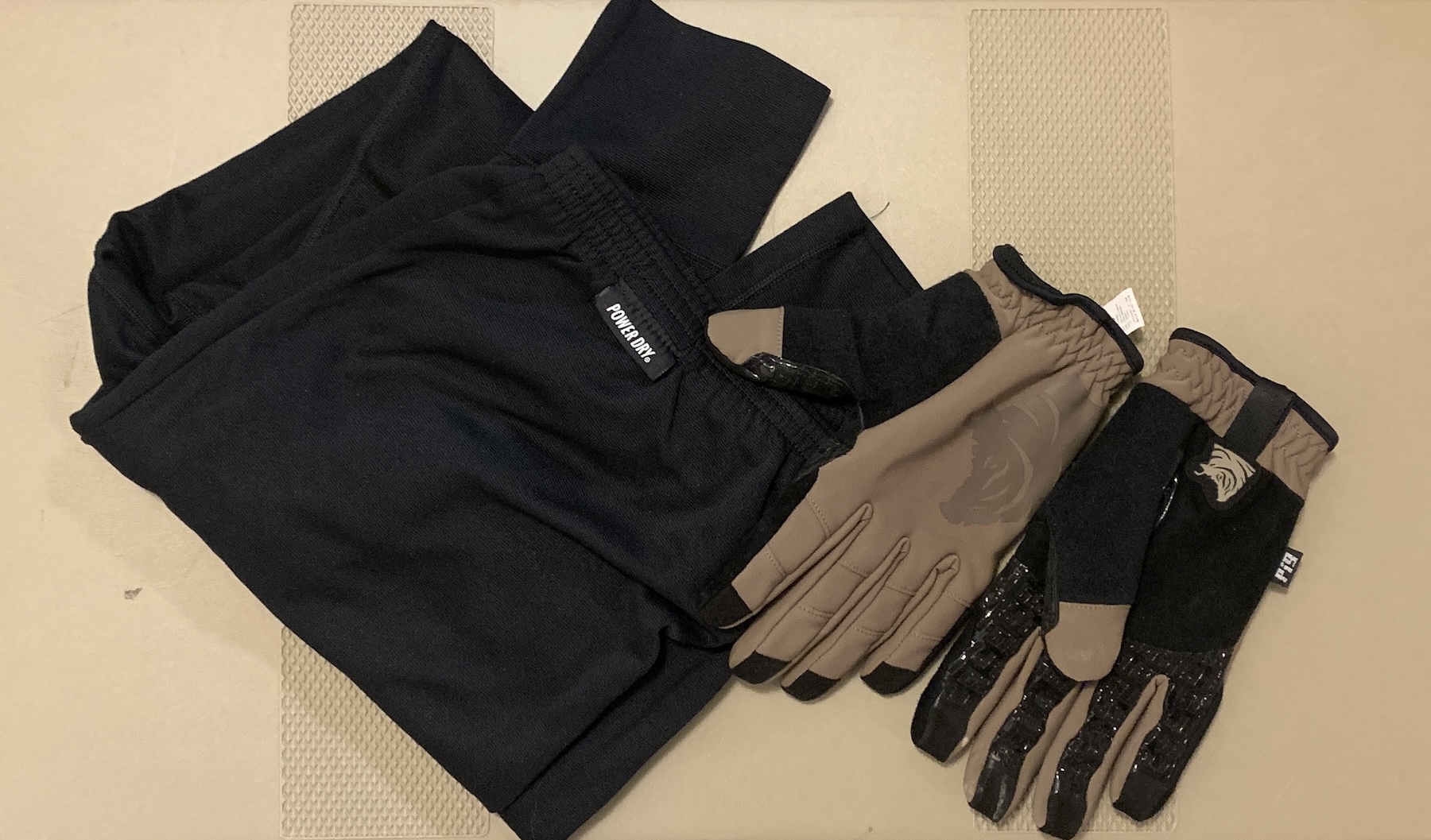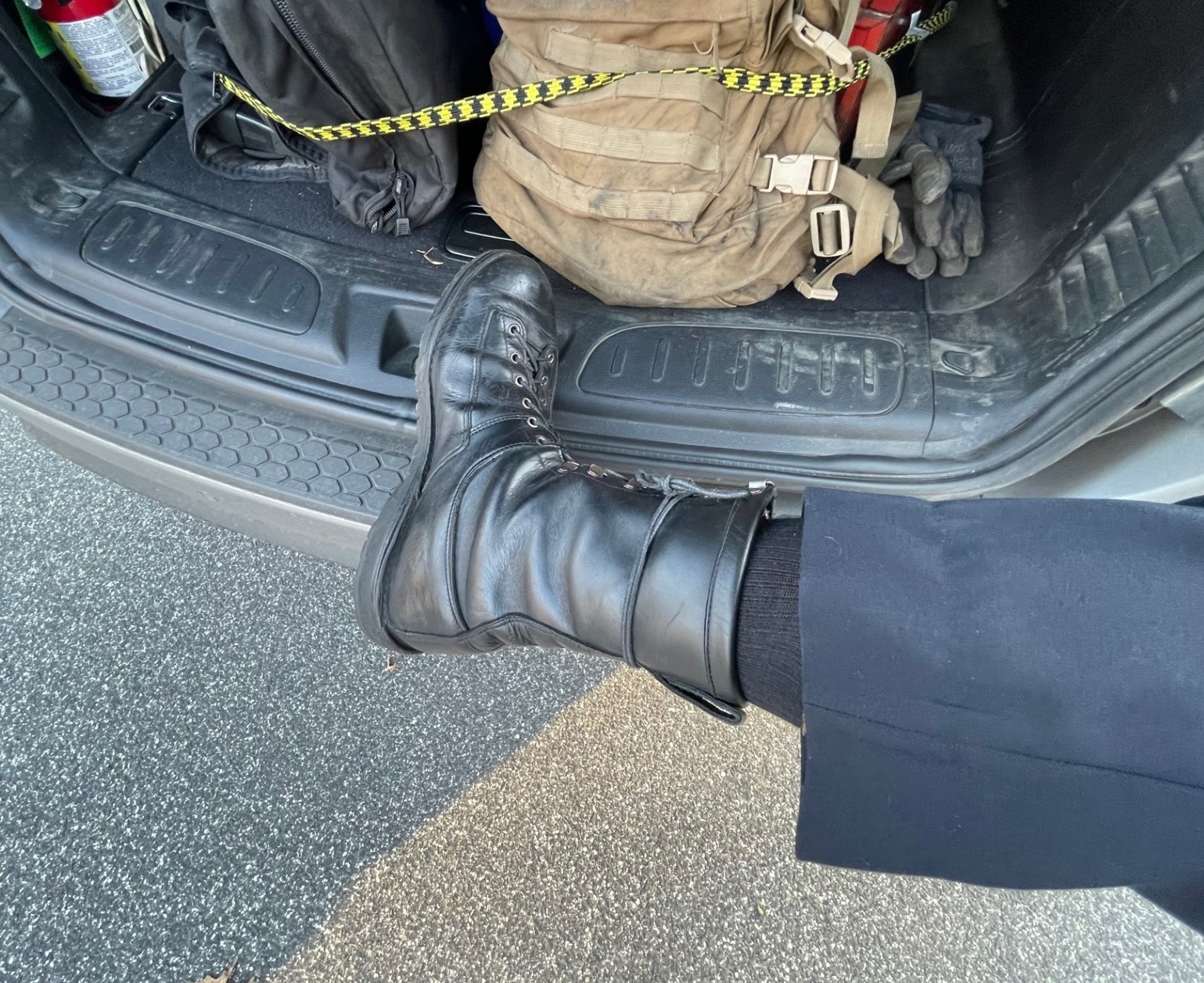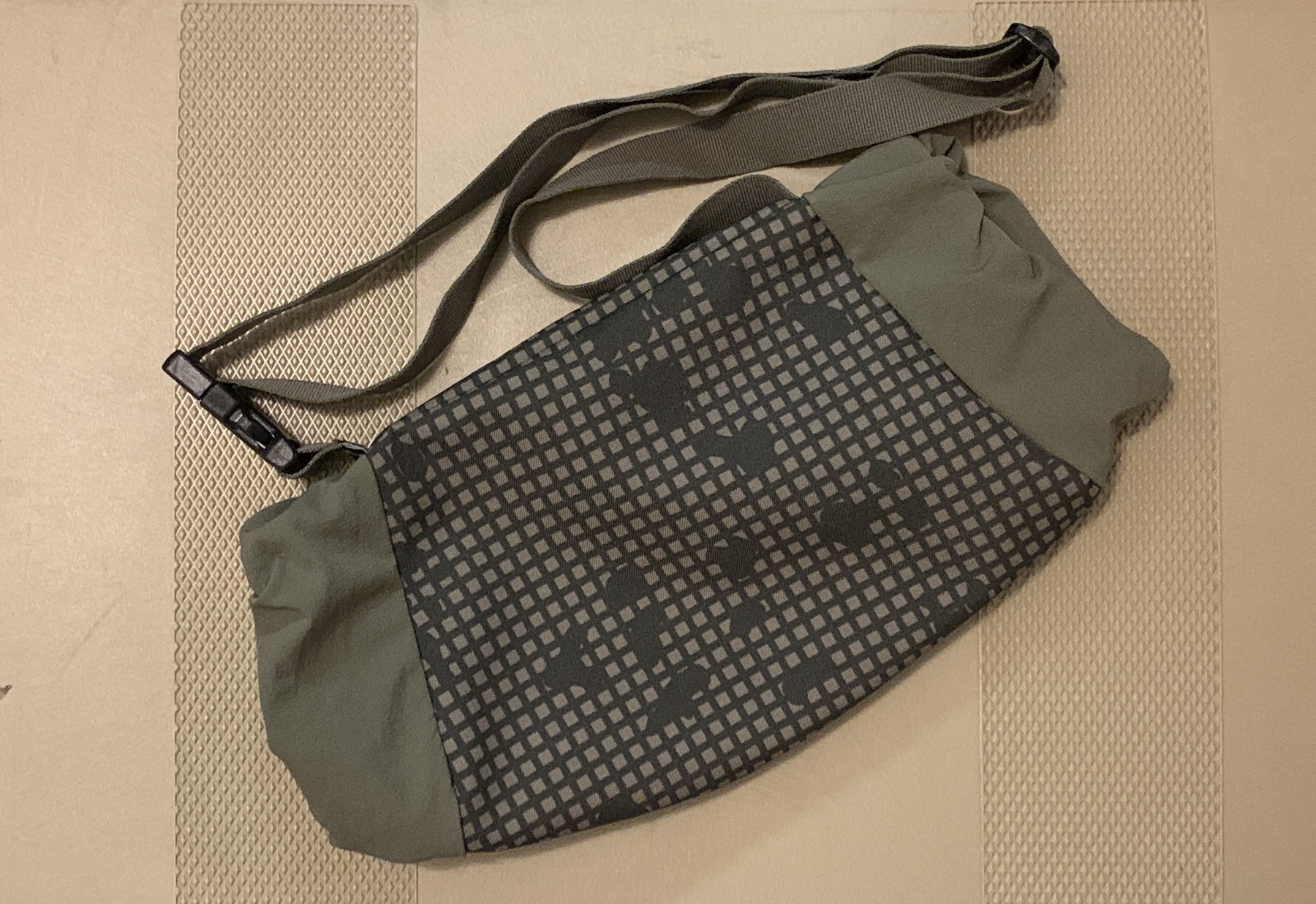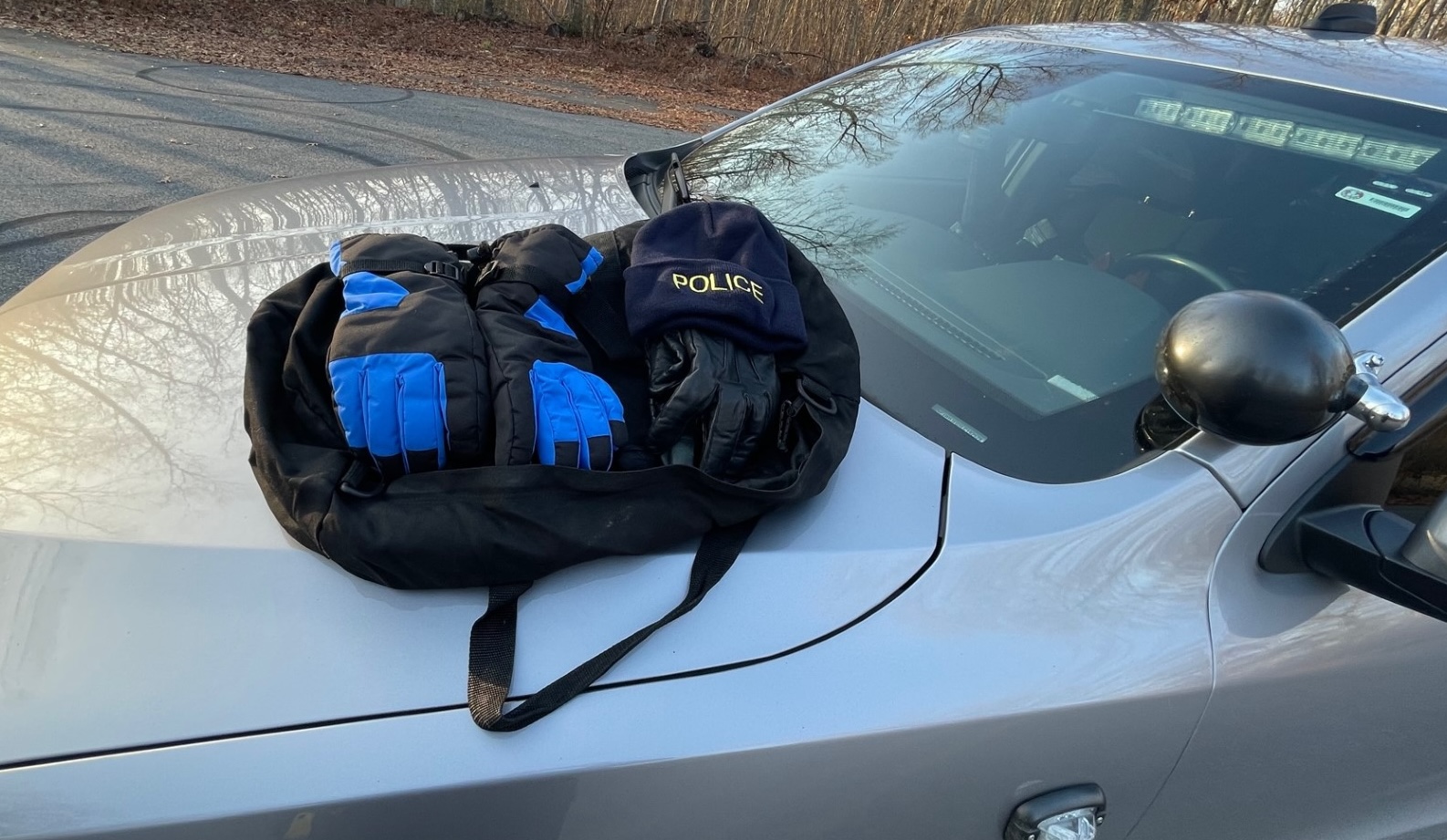
winter2023-12-11 at 6.30.47 PM
Living in New England, where it gets cold and stays cold for most of the winter, you tend to accumulate winter and cold weather gear. After more than two decades of police work, I have accumulated a good selection of cold-weather gear. These recommendations should apply to any of the cold-weather regions in the country.
I have also found that you must dress as if you will be outside your entire shift while also maintaining the ability to shed or add layers as necessary to stay safe and comfortable with the current conditions. Modern technology and new lightweight materials have made it much easier to stay warm and dry.
Let’s start with the tops and work our way down the body for personal gear.
Headgear
A good, insulated hat or beanie is a great thing to have when it’s cold and windy or snowing. The old saying that you lose most of your body heat through your head has merit. When I was a baby cop, lots of agencies were resistant to beanies. While they may not look as professional as some other hats, I would rather be warm. With a commercially embroidered knit hat, you can still look professional and stay warm at the same time.
Coats/Jackets/Parkas
I have always preferred the “Ike” style duty jacket because it was short enough that I could still access my handgun and all my equipment quickly. With a zip-out liner or undercoat, you can add or subtract layers as needed. I keep a heavier parka-style coat in my cruiser for when I need to be out of the car for longer periods. This parka also has an inner layer of a fleece jacket liner that I could remove if I had to adjust my temperature. I do like how warm this parka is, but it does make accessing my belt more difficult. There are zippers on the sides to have your pistol and holster outside the parka, which is a nice feature.
Insulated tops
I usually do not wear anything besides a tee shirt under my uniform shirt in the winter cold since I can’t easily remove it like I could a parka or coat. I rely on easily removable layers like parkas and coats because I could take them off if I had to be inside for any length of time.
Pants/ Thermals
However, I wear thermal bottoms for the exact opposite reason that I don’t wear thermal tops. I can’t easily remove my pants to add a layer to my lower body if I get cold. So, I generally wear thermals under my uniform pants and regulate my temperature by adding and subtracting layers on my upper body, head, and hands.
Boots and Socks
I have worn and swear by Danner brand boots for the cold and snow. I like the Fort Lewis boots because I can get them with 400 grams of Thinsulate lining, and they are 10″ tall. That height lets me walk through snow without it getting into the tops of my boots easily. I can also wear thicker wool socks under them and still be comfortable. I am also a big fan of Darn Tough socks. They are very warm and made in the USA (Vermont). They come in various weights, and you can really tailor your socks to the temperature and the weather.

Quality, insulated socks can make a lot of difference in your comfort level. Here are three viable options.
Gloves
There are many options for gloves out there for police. I have long been a fan of the SKD Pig cold weather gloves. They are warm enough to wear outside but still maintain enough flexibility and dexterity for normal use. But I also have a pair of big box store ski gloves with Thinsulate for when I am out in the cold or snow for a long time.
Other cold weather personal gear
Hand warmers, toe warmers. These chemical heat packs are readily available at almost any sporting goods store. They are handy to have for your gloves or pockets. Additionally, companies are making insulated hand warmers that will attach to your external vest, or that can be warm below your gun belt. Just remember, it is probably not a good idea to have your hands in them when contacting a suspect.
Spare clothes
I pack a gym bag full of spare clothes and a couple of different towels. You may find yourself soaked and wet and needing fresh clothes or a uniform. The towels are for when I find myself wet and needing to dry myself off. They are also for when I get held over and need to shower at work. That bag stays in my cruiser with my hand warmers, warm socks, ski gloves, a few granola bars, and water. It has saved me from misery a few times over the years.
RESOURCES:


